Struggling with slow internet speeds or frustrating dead zones in your home? Wi-Fi extenders offer a practical and often cost-effective solution to boost your wireless signal and expand coverage. These devices are designed to pick up your existing Wi-Fi signal and re-broadcast it, effectively eliminating those frustrating areas where your internet connection struggles or disappears entirely. By understanding the critical factors and features involved, you can confidently choose the best extender to create a more reliable and faster network throughout your entire home.
This comprehensive guide will walk you through the essential considerations, from performance metrics to setup simplicity and advanced capabilities. We'll help you navigate the options, understand the impact of each choice, and ultimately make an informed decision that perfectly addresses your unique connectivity challenges.
Choosing the Right Wi-Fi Extender
Selecting a Wi-Fi extender requires careful consideration of several key factors that directly impact your internet experience. Prioritizing these elements will ensure you invest in a device that effectively solves your connectivity issues and provides lasting value.
Understanding these critical aspects will empower you to choose a Wi-Fi extender that not only meets your immediate needs but also integrates seamlessly into your home network, providing consistent and reliable internet access where you need it most. From boosting speeds to ensuring stable connections, each factor plays a vital role in your overall satisfaction.
Performance and Speed

The effectiveness of a Wi-Fi extender in boosting speed and improving network responsiveness (latency) is paramount. A high-performing extender can transform a sluggish connection into a noticeably faster and more responsive network, especially in areas previously plagued by poor Wi-Fi.
While Wi-Fi extenders can deliver significant speed boosts, it's important to manage expectations. They typically re-broadcast your existing signal, which can sometimes cut available bandwidth in half or result in speeds that are about half of your main router's speed. However, even with these considerations, a good extender can still provide ample speed for streaming, gaming, and general browsing.
Speed Improvements: Look for extenders capable of delivering high speeds, such as 719.5 Mbps at 15 feet, especially if you have a fast internet plan. These devices can dramatically increase download speeds in weak signal areas.
Latency Reduction: Responsiveness (latency) is critical for activities like online gaming or video calls. While extenders add some latency, prioritize models that keep download pings low, ideally below 200 ms, to minimize lag and buffering.
Trade-offs: Be aware that achieving higher speeds often comes with a higher cost, particularly for extenders supporting newer Wi-Fi standards. Dual-band extenders might also split resources, potentially impacting overall speed.
Network Stability
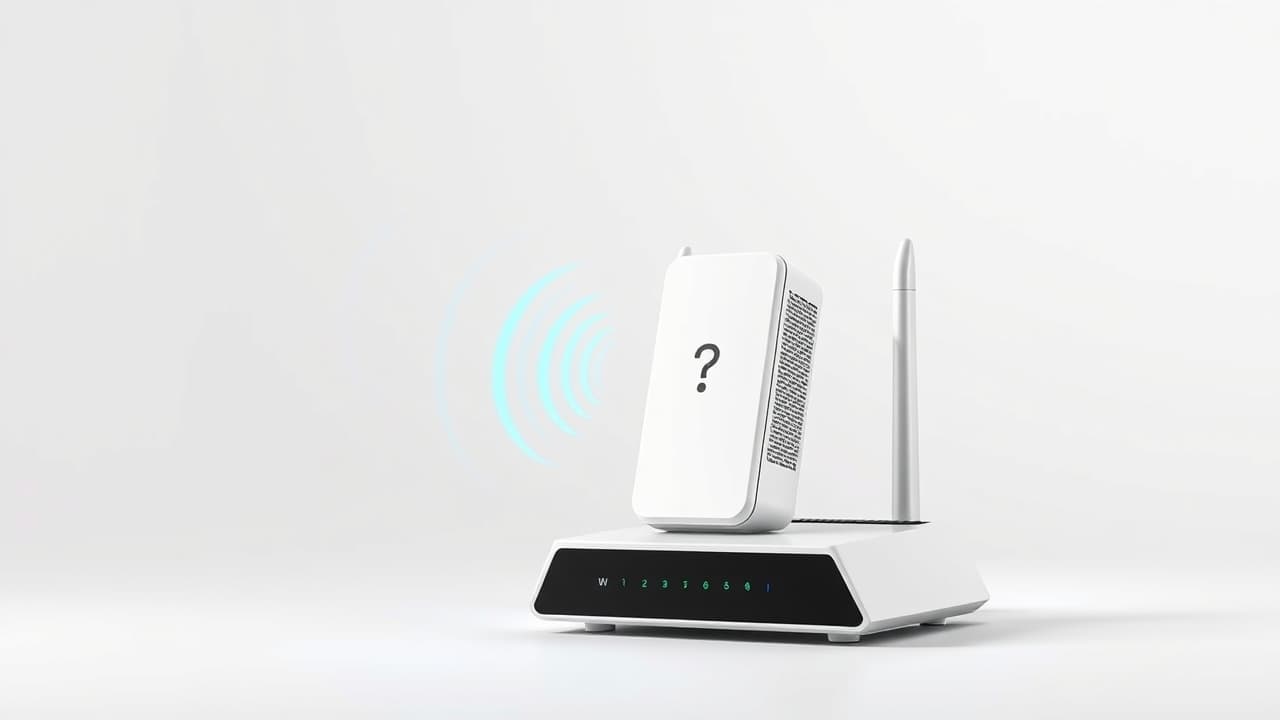
Beyond raw speed, the consistency and dependability of your Wi-Fi connection are crucial for a satisfying internet experience. Network stability ensures that your devices remain connected without frustrating drops or unpredictable performance fluctuations. An unstable connection can disrupt everything from video calls to online gaming, making a Wi-Fi extender's reliability a key concern.
Choosing a Wi-Fi extender known for its excellent reliability means you can expect steady Wi-Fi speeds and consistent connections over time. Conversely, inconsistent network speeds and frequent dropped connections are clear indicators of poor stability, which can introduce significant frustration and connectivity issues.
Consistent Performance: Prioritize Wi-Fi extenders that offer excellent reliability, ensuring your connection remains steady and dependable for all activities.
Avoiding Drops: A stable extender should ideally never drop its connection, providing an uninterrupted network experience. Even infrequent drops can be disruptive.
Configuration Impact: Ensure the extender is set up correctly, typically in 'bridged mode,' to avoid network conflicts that can lead to slow speeds and dropped connections. External interference can also affect stability.
Wi-Fi Standard
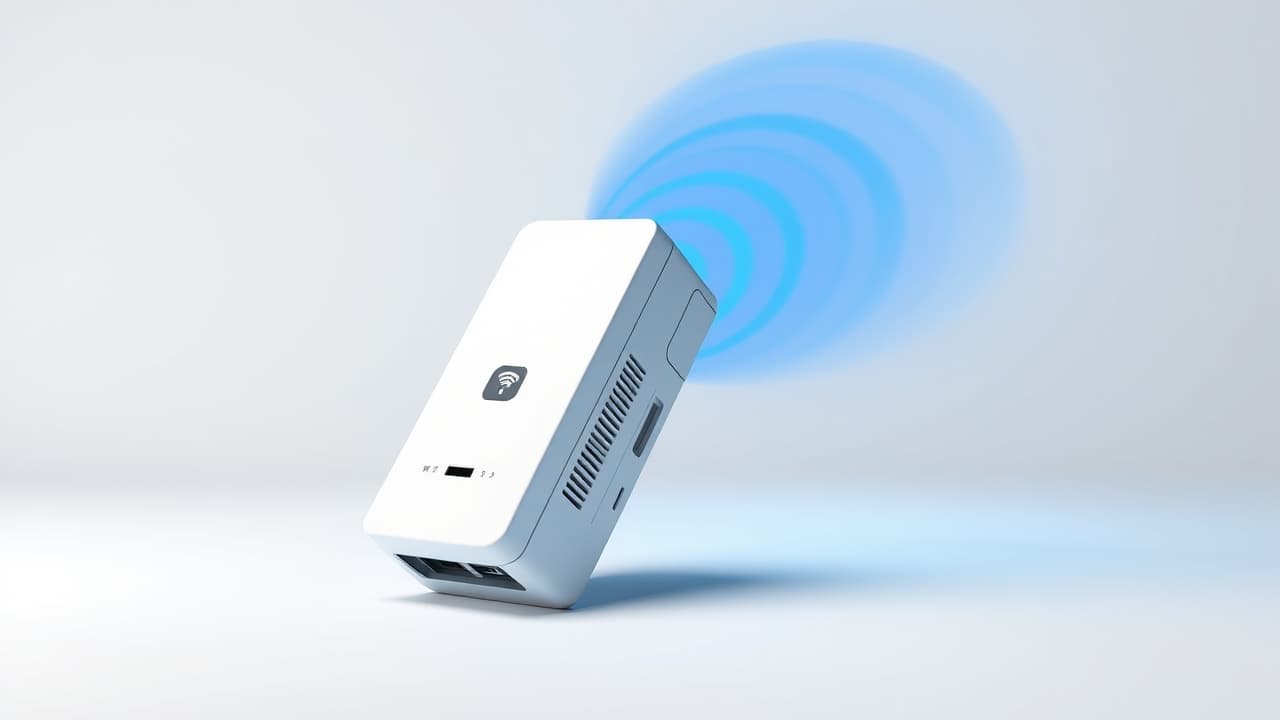
The Wi-Fi standard an extender supports is crucial for compatibility, speed, and future-proofing your network. Newer standards offer significant performance advantages, especially for upload speeds and overall efficiency. Choosing a Wi-Fi extender that matches or is newer than your existing router's standard ensures optimal performance and prevents bottlenecks.
Wi-Fi 7 (802.11be): This is the latest standard, offering the highest speeds, often 700 Mbps or more, and advanced technology. While expensive, it provides the best future-proofing for your Wi-Fi extenders.
Wi-Fi 6 (802.11ax): Increasingly common, Wi-Fi 6 provides better performance than older standards and is generally the minimum recommended for a modern network. It offers improved efficiency, especially beneficial in environments with many connected devices.
Older Standards (Wi-Fi 5/802.11ac and Wi-Fi 4/802.11n): While cheaper, these standards significantly decrease speed and should generally be avoided. Mismatched standards between your router and extender can severely limit performance, making your Wi-Fi extender less effective.
Investing in an extender with a modern Wi-Fi standard ensures better compatibility with your current devices and extends the device's useful lifespan by providing superior performance and efficiency.
Coverage Range

The primary reason most users purchase a Wi-Fi extender is to eliminate dead zones and extend the reach of their wireless signal. Therefore, the coverage range is a critical factor. An effective extender helps signals bounce around obstructions, providing a reliable connection in previously unreachable areas of your home.
However, Wi-Fi extenders are not a one-size-fits-all solution. Their effectiveness depends heavily on your home's size, layout, and building materials. While some models claim to cover up to 10,000 square feet, real-world performance can vary. For very large or multi-floor homes, extenders may struggle to provide consistent high-speed coverage.
Small to Medium Areas: Many Wi-Fi extenders are ideal for eliminating specific dead spots in a single room or a small section of a house, providing reliable Wi-Fi up to 100-150 feet.
Large Homes: For extensive coverage needs, particularly across multiple floors, traditional Wi-Fi extenders might be insufficient. While some high-end models boast significant range, mesh Wi-Fi systems are often a more suitable alternative for whole-home coverage.
Obstructions: Walls, furniture, and even appliances can degrade Wi-Fi signals. Consider your home's layout when assessing an extender's potential coverage.
Setup Ease
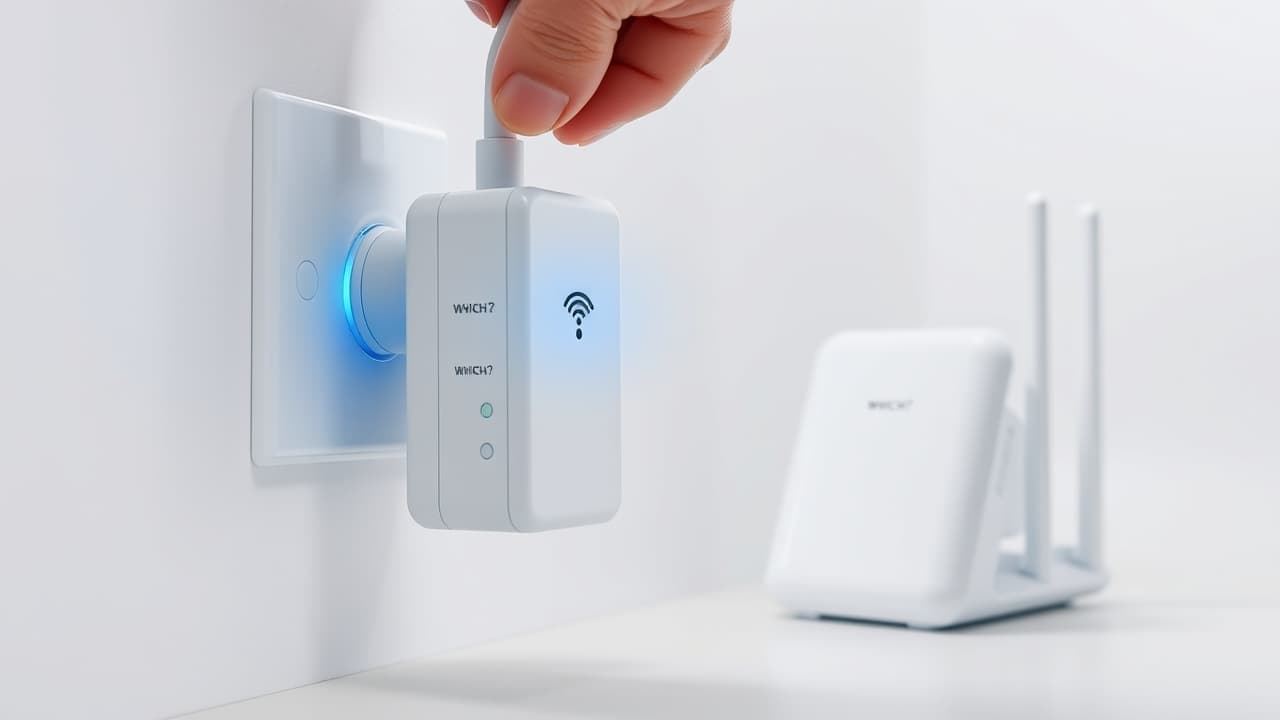
The simplicity of installing and configuring your Wi-Fi extender significantly impacts your initial satisfaction. A user-friendly setup process can save you considerable time and frustration, allowing you to quickly enjoy improved connectivity without needing technical expertise.
Many modern Wi-Fi extenders offer various intuitive setup methods. While some advanced configurations might require accessing a web interface, most users will find setup straightforward if the device is well-designed. Difficult setup experiences, often involving multiple failed attempts or confusing instructions, are a major pain point for consumers.
WPS Button Setup: Many extenders feature a Wi-Fi Protected Setup (WPS) button, allowing for one-touch pairing with your router. This is often the quickest and easiest method, requiring no technical skills.
App-Guided Setup: A growing number of Wi-Fi extenders offer dedicated smartphone apps that provide step-by-step instructions, making the setup process visual and intuitive.
Web-Based Setup: All extenders can be configured via a web browser, which offers more control over advanced settings but can be less convenient for some users.
Price
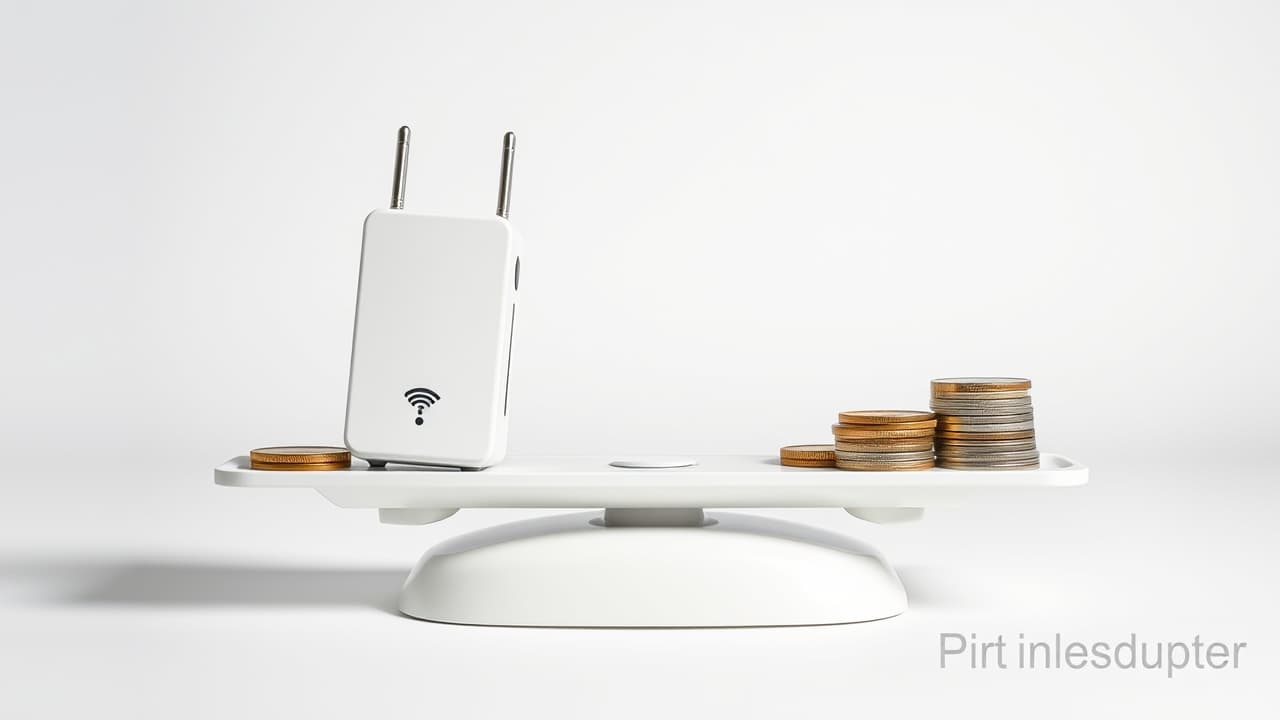
Price is often a significant factor, as Wi-Fi extenders are frequently chosen as a budget-friendly solution to connectivity issues. They offer a cost-effective alternative to upgrading your entire network infrastructure, allowing you to address coverage gaps without a substantial investment.
The cost of Wi-Fi extenders can vary widely based on their Wi-Fi standard, performance, and features. While basic models are very inexpensive, high-end extenders with the latest technology can approach the price of entry-level mesh systems.
Budget Options: Basic Wi-Fi extenders can be found for as little as $15-$40, providing a quick and cheap fix for minor dead zones.
Mid-Range: For around $50-$100, you can find extenders with better performance, modern Wi-Fi standards, and additional features like Gigabit Ethernet ports.
High-End: Advanced Wi-Fi 7 extenders can cost between $230-$300. While they offer superior performance, a Wi-Fi 7 mesh network might be a more cost-effective long-term solution at this price point.
Mesh Compatibility

One of the most significant advancements for Wi-Fi extenders is mesh compatibility. Traditional extenders often create a separate network, forcing your devices to manually switch between the main router and the extended network. This can lead to dropped connections and a less seamless experience.
Mesh-compatible Wi-Fi extenders, however, integrate with your existing router to form a unified network with a single SSID. This allows for automatic connection to the strongest signal as you move around your home, providing seamless roaming and a much smoother user experience. This feature significantly enhances device management and can even offer additional security benefits.
Seamless Roaming: Look for Wi-Fi extenders that support technologies like OneMesh, AiMesh, or EasyMesh, which enable your devices to automatically connect to the best signal without interruption.
Unified Network: Mesh compatibility means your extender shares the host router's SSID, simplifying network management and improving overall usability of your Wi-Fi extenders.
Brand Specificity: Be aware that mesh compatibility often requires your extender to be from the same brand as your router to ensure full functionality.
Enhancing Your Network with Key Extender Features
Beyond the core purchasing factors, several features can significantly enhance the value and usability of your Wi-Fi extender. These differentiating capabilities cater to specific needs, offering convenience, improved connectivity, or specialized functionality.
Considering these additional features can help you fine-tune your choice, ensuring the Wi-Fi extender you select not only solves your primary problem but also provides a richer, more tailored internet experience for your household. From wired connections to robust security, these elements contribute to a more complete solution.
Ethernet Ports

Ethernet ports on a Wi-Fi extender provide a crucial option for connecting devices that benefit from a stable, wired connection. This is particularly useful for devices like game consoles, smart TVs, or desktop computers that require maximum speed and minimal latency, freeing up your Wi-Fi signal for other wireless devices.
Gigabit Ethernet: Look for Wi-Fi extenders with at least one Gigabit (1000 Mbps) Ethernet port to ensure fast wired connections. Some high-end models even offer 2.5 Gbps Ethernet for ultra-fast speeds.
Multiple Ports: Certain Wi-Fi extenders come with multiple Ethernet ports, allowing you to connect several wired devices simultaneously.
Speed Limitations: Be cautious of extenders with only 100 Mbps Ethernet ports, as these may not be sufficient for faster internet connections or multiple bandwidth-intensive devices.
Frequency Bands

The number of frequency bands an extender supports directly impacts its ability to manage network congestion and deliver optimal performance. Different bands offer distinct advantages in terms of speed and range, making the choice important for households with multiple devices or specific connectivity needs.
Dual-Band (2.4 GHz and 5 GHz): Most modern Wi-Fi extenders are dual-band, supporting both frequencies. The 2.4 GHz band offers longer range and better penetration through walls, while the 5 GHz band provides faster speeds over shorter distances. However, if not configured properly, dual-band extenders can split resources, potentially cutting speeds.
Tri-Band: These Wi-Fi extenders add an extra 5 GHz network, which can be dedicated as a backhaul link to the router. This dedicated connection helps maximize bandwidth and prevents the common speed reduction found in dual-band extenders, offering superior performance.
Quad-Band: Offering even more capacity and less congestion, quad-band Wi-Fi extenders are ideal for high-performance needs in very busy networks, though they come at a higher cost.
Security

While often a secondary consideration, robust security features are essential for protecting your network and personal data. A secure Wi-Fi extender ensures that your extended network is as protected as your main router, guarding against unauthorized access and potential threats.
WPA3 Encryption: Look for Wi-Fi extenders that support WPA3, the latest and most robust encryption standard for Wi-Fi networks, offering improved protection compared to older standards.
Parental Controls: Some advanced Wi-Fi extenders include parental control features, allowing you to manage internet access, set time limits, and filter content for children.
Integrated Security Software: Certain high-end models may come with advanced security software that provides comprehensive network protection, including intrusion prevention and malicious site blocking.
Design
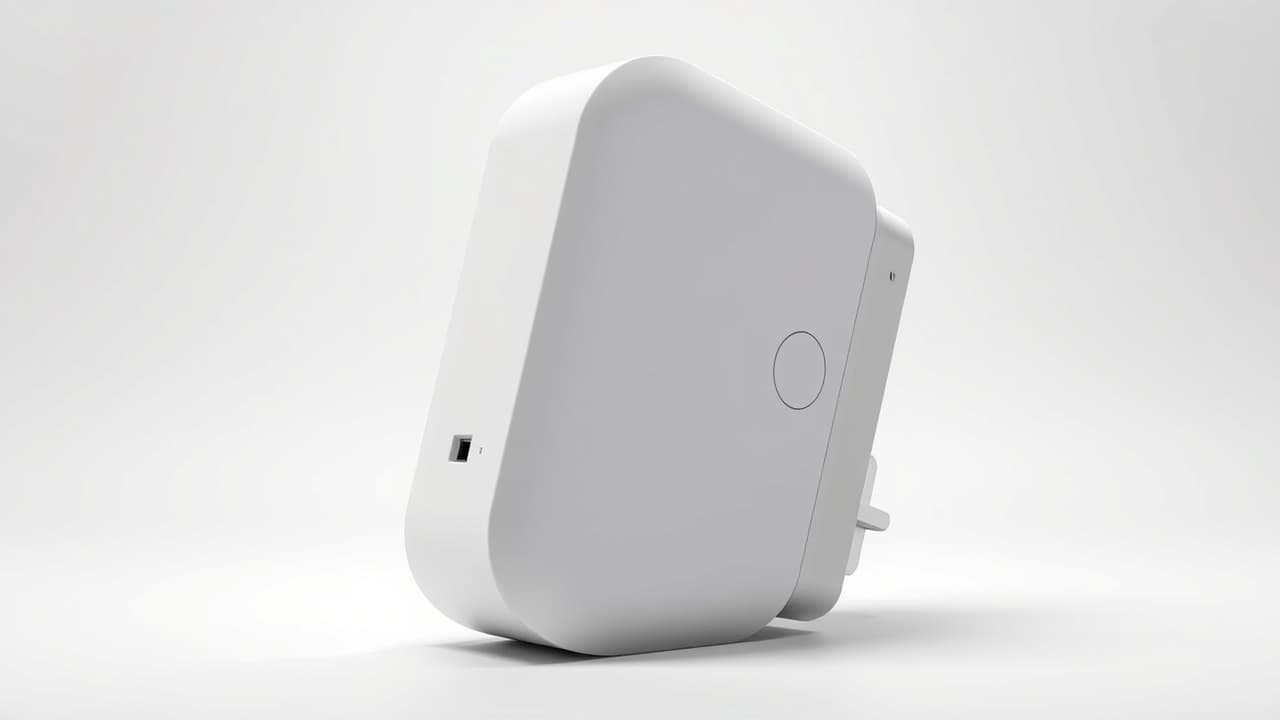
The physical design of a Wi-Fi extender, including its size, appearance, and plug type, can influence its placement and how well it integrates into your home environment. While not directly impacting performance, a thoughtful design can enhance usability and aesthetic appeal.
Compact Plug-in: Many Wi-Fi extenders are designed as compact, wall-plug devices that discreetly blend into your home decor and save space.
Bulky Designs: Some Wi-Fi extenders, especially those with external antennas or multiple Ethernet ports, can be bulky and potentially block adjacent electrical outlets. Consider the plug type (two-prong vs. three-prong) for easier outlet access.
External vs. Internal Antennas: While external antennas can sometimes be considered an eyesore, they often help maintain a more solid and reliable connection for your Wi-Fi extenders.
Use Case Suitability

The ideal Wi-Fi extender often depends on your specific use case. While extenders are a general solution for weak signals, their effectiveness varies significantly based on whether you need to cover an outdoor area, support intense online gaming, or provide a temporary solution for a small living space. Understanding these nuances helps you choose a product that truly fits your needs.
Outdoor Coverage: For extending Wi-Fi to a patio or garden, look for weather-resistant Wi-Fi extenders with an appropriate IP rating. Using indoor extenders outdoors can lead to overheating, humidity damage, and voided warranties.
Gaming and Streaming: While some Wi-Fi extenders offer strong performance for streaming and gaming, be mindful of increased latency and buffering, which can hinder competitive online gaming or 4K streaming. Consider extenders with dedicated backhaul or Ethernet ports for these activities.
Small Areas vs. Large Homes: Wi-Fi extenders are ideal for small, isolated coverage gaps, such as a single room or a small apartment. For larger homes or extensive performance requirements, mesh Wi-Fi systems generally offer a superior and more consistent experience.
How to Choose the Right Wi-Fi Extender
Selecting the ideal Wi-Fi extender involves understanding your specific connectivity challenges. Focus on your primary needs—whether it's raw speed, extensive coverage, seamless integration, or budget-friendly solutions—to simplify your decision. This guide helps you navigate essential factors, ensuring you choose a device that effectively eliminates dead zones and boosts your network performance.
Consider your home's size, device count, and internet usage. Prioritizing features like Wi-Fi standard, mesh compatibility, and Ethernet ports based on your unique situation will lead to consistent, reliable internet access. Finding the right Wi-Fi extender means a better overall online experience.
For Ultimate Performance
If you demand the absolute fastest speeds, the latest Wi-Fi standards, and advanced features for high-bandwidth activities like 4K/8K streaming and competitive online gaming, this category is for you. You prioritize top-tier performance and future-proofing your network over initial cost when selecting a Wi-Fi extender.
Performance and Speed: Highest possible speeds (Wi-Fi 7 or Wi-Fi 6E for 6 GHz band) for minimal latency.
Wi-Fi Standard: Wi-Fi 7 (802.11be) or Wi-Fi 6E for future network upgrades.
Frequency Bands: Tri-band or Quad-band for dedicated backhaul and congestion management.
Ethernet Ports: At least one 2.5 Gigabit Ethernet port for ultra-fast wired connections.
Recommended Option
TP-Link RE655BE Wi-Fi 7 Range Extender
This Wi-Fi extender leverages Wi-Fi 7 with tri-band support, including the 6 GHz band, to provide a dedicated, uncongested highway for your data. This ensures unparalleled speeds and responsiveness for future-proof networks. The 2.5 Gigabit Ethernet port further enhances its capability for wired devices, allowing you to connect gaming consoles or PCs directly for maximum stability. However, be aware of its high cost and large physical design, which can block adjacent AC outlets. Choose this device if you're ready to invest in the ultimate future-proof Wi-Fi experience for your most demanding tasks.
Wi-Fi Standard: Wi-Fi 7 (IEEE 802.11be)
Speed Class: BE11000 (10.8 Gbps theoretical peak throughput)
Wi-Fi Bands: Tri-Band (2.4 GHz, 5 GHz, 6 GHz)
Ethernet Port: 1x 2.5 Gigabit Ethernet Port
For Balanced Needs
If you're looking for a strong balance between performance, coverage, and cost, this category is for you. You need to reliably eliminate dead zones and improve speeds for streaming, gaming, and general browsing across a medium-to-large home. These Wi-Fi extenders offer significant upgrades without the premium price tag of cutting-edge models.
Performance and Speed: Good Wi-Fi 6 speeds (AX1800-AX3000) for smooth operation.
Wi-Fi Standard: Wi-Fi 6 (802.11ax) for improved efficiency.
Coverage Range: Effective for medium-to-large homes (1500-2500 sq ft).
Price: Mid-range options ($70-$150) for best value.
Setup Ease: Simple, app-guided, or WPS button setup.
Recommended Options
TP-Link RE715X AX3000 Wi-Fi 6 Range Extender
This Wi-Fi extender offers excellent Wi-Fi 6 performance and broad coverage at a competitive price, making it ideal for users wanting a significant speed boost and dead zone elimination. Its OneMesh compatibility ensures a smoother experience with compatible routers, allowing devices to roam seamlessly. A key drawback is the potential for significant throughput reduction in wireless extender mode, which can impact bandwidth-intensive activities. This device is your go-to for a reliable, high-speed network across your medium-to-large home.
Wi-Fi Standard: Wi-Fi 6 (802.11ax)
Max Wi-Fi Speed: AX3000 (2402 Mbps on 5 GHz + 574 Mbps on 2.4 GHz)
Coverage Area: Up to 2,500 sq ft
Mesh Technology: TP-Link OneMesh / EasyMesh Compatible
Netgear NETGEAR WiFi 6 Mesh Range Extender (EAX20)
The EAX20 provides a great blend of Wi-Fi 6 performance and mesh capabilities, reliably extending coverage and boosting speeds. It's a solid choice for users who want a unified network experience and consistent performance for multiple devices across a medium-sized home. While generally easy to set up, some users report occasional initial installation difficulties. This Wi-Fi extender is perfect for enhancing your existing Netgear network with seamless roaming.
Wi-Fi Standard: WiFi 6 (802.11ax)
WiFi Speed Rating: AX1800 (up to 1.8 Gbps combined throughput)
Mesh Technology: Yes, works with existing WiFi to create a mesh network
Coverage: Extends WiFi coverage up to 1500 sq. ft.
For Unified Networks
For users who want to expand their Wi-Fi coverage with a single, seamless network name (SSID) and automatic device roaming, a mesh-compatible Wi-Fi extender is essential. You prioritize a smooth, uninterrupted experience as you move around your home, often with an existing mesh-compatible router. These devices eliminate the hassle of manual switching.
Mesh Compatibility: Supports AiMesh, OneMesh, EasyMesh, or similar seamless roaming features.
Network Stability: Consistent connections without drops or manual switching.
Setup Ease: App-guided or WPS setup for quick integration.
Wi-Fi Standard: Wi-Fi 6 recommended for modern performance.
Recommended Options
Asus ASUS RP-AX58 AX3000 Dual-Band Wi-Fi 6 AiMesh Range Extender
This Wi-Fi extender is an excellent choice for users with existing ASUS AiMesh routers, providing seamless roaming and a unified network. Its Wi-Fi 6 capabilities ensure strong performance, and the compact wall-plug design allows for discreet placement without adding clutter. A common limitation is that it occupies a single wall outlet without a passthrough, which can be inconvenient. This device is ideal for extending your ASUS AiMesh network with minimal fuss.
Wi-Fi Standard: Wi-Fi 6 (802.11ax)
Theoretical Throughput: Up to 3000 Mbps (AX3000)
AiMesh Support: Yes, for seamless roaming
Backhaul Options: Wireless mesh backhaul, Ethernet backhaul
Devolo Devolo WiFi 6 Repeater 5400
This repeater delivers exceptional speed and robust mesh integration, making it suitable for users who want to extend a mesh network with high performance. Its free-standing design and dual Gigabit Ethernet ports offer flexibility for placement and wired connections, ensuring a powerful signal even through thick walls. However, its bulky design requires significant space for placement. This Wi-Fi extender is a strong choice for a powerful and stable mesh network extension.
WLAN Standard: Wi-Fi 6 (802.11ax)
Maximum Wi-Fi Speed (Aggregate): Up to 5400 Mbit/s
Mesh Support: Yes (Seamless roaming)
Ethernet Ports: 2x Gigabit LAN ports
Budget-Friendly Wi-Fi Coverage
If you are looking for the most cost-effective way to eliminate a small dead zone or extend Wi-Fi to a specific, limited area, this category is for you. Price is the primary driver, and you need a simple, no-frills solution that gets the job done without a significant investment in a Wi-Fi extender.
Price: Lowest possible cost ($15-$70) for an affordable fix.
Coverage Range: Sufficient for small areas or single dead spots (100-150 feet).
Setup Ease: Simple, one-touch WPS button setup for quick connection.
Design: Compact, wall-plug design for discreet placement.
Recommended Option
Linksys RE7310
The Linksys RE7310 offers a cost-effective solution for extending Wi-Fi coverage with Wi-Fi 6 speeds. Its compact wall-plug design and simple WPS setup make it ideal for users who need an easy and affordable fix for small dead zones without blocking other outlets. While rated for 2,000 sq. ft., actual performance can be highly dependent on optimal placement, potentially leading to dead zones at range edges in larger homes. This Wi-Fi extender is your best bet for a quick and budget-friendly Wi-Fi boost.
Wi-Fi Standard: Wi-Fi 6 (Dual-band)
Range: 100 feet
Speed (at 10 feet): 322.4 Mbps
Maximum Connected Clients: Up to 20 clients
Reliable Wired Wi-Fi Connections
This category is for users who need to extend Wi-Fi coverage to an area, but also require stable, high-speed wired connections for specific devices. This includes gaming consoles, smart TVs, desktop PCs, or network-attached storage (NAS) that benefit significantly from minimal latency and maximum throughput. These Wi-Fi extenders bridge the gap between wireless convenience and wired reliability.
Ethernet Ports: Gigabit or 2.5 Gigabit Ethernet ports are critical for wired devices.
Performance and Speed: Sufficient Wi-Fi speed to prevent wired connection bottlenecks.
Network Stability: Consistent performance for both wireless and wired connections.
Use Case Suitability: Functions as an access point or media bridge.
Recommended Options
Netgear Nighthawk AX8 (EAX80) 8-Stream WiFi 6 Mesh Extender
With four Gigabit Ethernet ports and a USB 3.0 port, the Nighthawk AX8 is an excellent choice for users needing multiple wired connections in an extended area. Its Wi-Fi 6 performance ensures that both wireless and wired devices receive ample bandwidth for demanding tasks like 4K streaming and online gaming. While it offers strong performance, its physical design can be bulky, and some users find its price high for a Wi-Fi extender. This device is ideal for creating a robust, wired hub in a previously dead zone.
Wi-Fi Standard: Wi-Fi 6 (802.11ax)
Total Wi-Fi Speed: Up to 6000 Mbps (6 Gbps)
Ethernet Ports: 4 x Gigabit Ethernet ports
USB Ports: 1 x USB 3.0 (Type-A)
TP-Link RE655BE Wi-Fi 7 Range Extender
This Wi-Fi extender stands out with its single 2.5 Gigabit Ethernet port, offering ultra-fast wired connectivity for demanding devices. Combined with Wi-Fi 7 speeds and tri-band support, it's ideal for users who need both cutting-edge wireless extension and a high-bandwidth wired link for their most critical devices. However, its high cost and large physical design are factors to consider. This device is your ultimate choice for a high-performance wired connection in any room.
Wi-Fi Standard: Wi-Fi 7 (IEEE 802.11be)
Speed Class: BE11000 (10.8 Gbps theoretical peak throughput)
Ethernet Port: 1x 2.5 Gigabit Ethernet Port
Wi-Fi Bands: Tri-Band (2.4 GHz, 5 GHz, 6 GHz)
